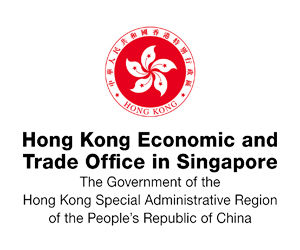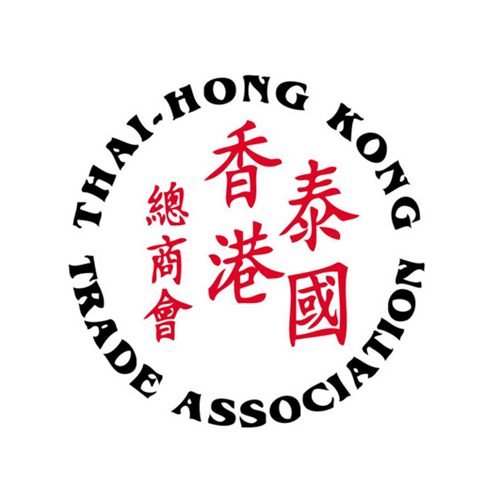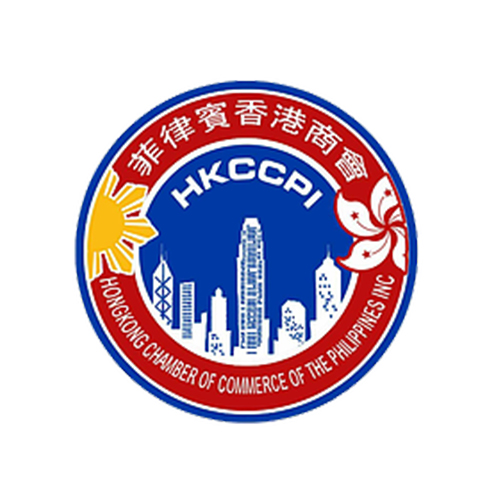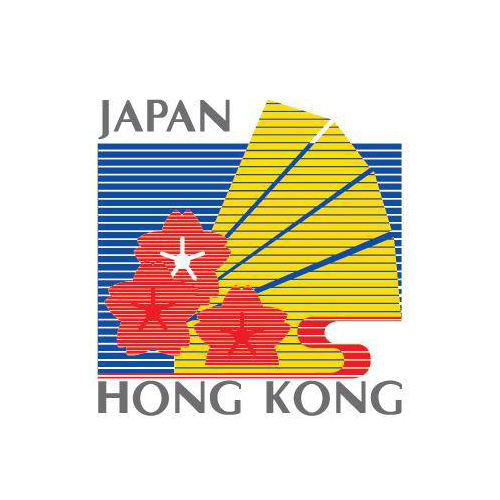Want to be in the loop?
subscribe to
our notification
Business News
DOMESTIC LOGISTICS INDUSTRY TO FOCUS ON VALUE-ADDED SERVICES
Despite difficulties caused by the pandemic, the domestic logistics industry still has many opportunities for growth if it improves competitiveness with foreign competitors.
According to The Ministry of Industry and Trade (MoIT), import and export turnover of goods will continue to grow this year, creating demand for logistics services. By the end of 2021, Việt Nam's total import and export turnover is expected to reach a record level of more than US$660 billion.
More than 4,000 logistics enterprises are operating international logistics services in Việt Nam where their operation has been increasingly improved thanks to increasing digital transformation applications and better business processes, especially ones providing services to European, American and Chinese markets.
According to the MoIT’s Việt Nam Logistics Report 2021, in the first nine months of 2021, the number of newly registered transport and warehousing enterprises increased by 4.61 per cent, and capital increased by 43 per cent over the same period in 2020.
MoIT data showed that in 2021 many logistics enterprises grew in revenue and profit, most with double-digit growth, adding that the volume of goods transported by road and waterways in 10 months of 2021 significantly improved compared to the same term of 2020.
The total tonnage of ships increased sharply by 22 per cent over the same period. The economic situation in the main export markets of Việt Nam also recovered.
The GDP of major consumer markets in the world such as the US, EU, Japan, and China is forecast to continue to grow in 2022 and 2023.
Over the years, Việt Nam’s logistics industry has made remarkable progress. Việt Nam's logistics efficiency index is currently ranked 39 out of 160, up 25 places compared to 2016, which is third among ASEAN countries. However, logistics costs in Việt Nam were still much higher than throughout the world.
According to World Bank (WB) 2020 data, logistics costs in the country were about 20.9-25 per cent of GDP. Meanwhile, the cost in Thailand was 19 per cent, Malaysia 13 per cent, Singapore 8 per cent, and the US 7.7 per cent.
High logistics costs push up the cost of import and export goods of 2020 data, which loses its competitive advantage compared to other countries in Asia such as China, Thailand, the Philippines, Indonesia.
With pressure in the fierce competition of international trade, the race in technology continues to create competitive advantages, save time, optimise costs, create flexibility and reduce risks.
A representative of the Việt Nam Logistics Service Association (VLA) said about 95 per cent of logistics firms were small and micro enterprises, and most of the revenue and market share belonged to foreign logistics enterprises.
The association said the proportion of newly established transport and warehousing enterprises compared to the total number of enterprises in the country was still modest and the capital scale of enterprises in the industry was still limited.
In the first nine months of 2021, there were 2,509 transport and warehousing enterprises that had to temporarily suspend operations, an increase of 14.1 per cent over the same period in 2020. At the same time, 571 enterprises completed dissolution procedures, up 17.7 per cent over the same period in 2020, the association said.
“Currently, Vietnamese logistics enterprises continue to face stiff competition with foreign logistics enterprises,” a VLA representative also said.
Hồ Thị Thu Hoà, director of the Việt Nam Logistics Research and Development Institute, said that in order to improve the competitiveness of the economy and trade activities, Vietnamese logistics enterprises needed to focus on the provision of high value-added services such as third-party logistics services and fourth-party logistics services, international multimodal transport services, and cross-border logistics services.
Hoà said: “In order to have strong logistics enterprises, in addition to providing logistics services with the highest quality and standards, businesses need to make efforts in building a system that can flexibly adapt to market fluctuations.”
She said it was particularly necessary to promote the digital transformation process in logistics management through electronic port applications, automatic monitoring, application of cloud computing technology and artificial intelligence to support and care activities, and at the same time develop high-quality human resources.
Super-port project
On December 23, the construction of the Vĩnh Phúc Inland Container Depot Logistics Center, the first super-port project of the ASEAN Smart Logistics Network, began in the northern province of Vĩnh Phúc at a cost of VNĐ3.8 trillion (US$165.56 million).
Spanning 83 hectares in Hương Canh Township and Sơn Lôi Commune in Bình Xuyên District, the centre has a designed customs clearance capacity of some 530,000 TEUs per year.
The investor of the project is the T&Y Superport Vĩnh Phúc Joint Stock company, a consortium of the T&T Group and its Singaporean partners – the YCH Group and YCH Holdings Company.
As part of a detailed plan for the development of Việt Nam's inland port and logistics centre system in 2020, with a vision to 2030, the centre integrates the functions of a distribution centre and an inland container depot. Its first phase is planned to be put into operation in the third quarter of 2022 and Phase 2 in the fourth quarter of 2024.
It will be one of the largest logistics hubs in northern Việt Nam, linking industrial zones by road and rail as well as connecting to Hà Nội, the Hải Phòng International Airport, and China’s Yunnan province, said a T&T Group representative.
The centre is also expected to contribute to cutting logistics costs to about 16–20 per cent of GDP and raising the ratio of the sector's contribution to the GDP to 5–6 per cent by 2025.
Source: VNS
Related News
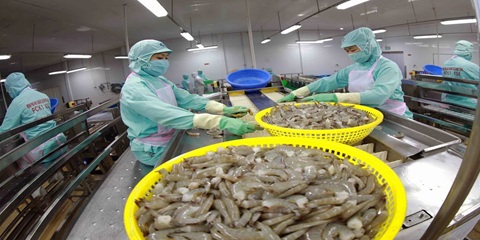
VIETNAM’S SEAFOOD EXPORTS HIT OVER US$10 BILLION IN JAN-NOV
Seafood export revenue in November alone amounted to nearly US$990 million, up 6.6% year-on-year. Key product groups posted solid gains. Shrimp exports rose 11.7% to over US$385 million, supported by strong demand for whiteleg shrimp and lobster. Tra fish shipments increased 9.7% to almost US$197 million, while marine fish, squid, and mollusk exports maintained their recovery.
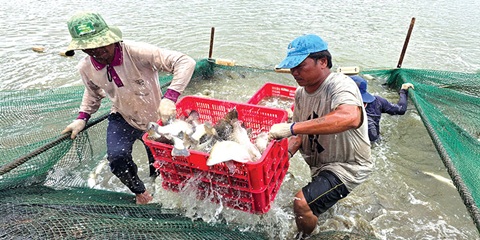
VIETNAM’S AGRO-FORESTRY-FISHERY EXPORTS HIT NEW RECORD IN JAN-NOV
Vietnam’s agro-forestry-fishery export revenue reached an estimated US$64.01 billion in the first 11 months of 2025, up 12.6% year-on-year and surpassing the full-year record of US$62.4 billion set in 2024. Agricultural exports reached US$34.24 billion, up 15% year-on-year, while livestock products brought in US$567.4 million, a 16.8% increase. Seafood exports rose 13.2% to US$10.38 billion, and forestry products earned US$16.61 billion, up 5.9%.

HANOI REPORTS RECORD-HIGH BUDGET REVENUE IN 2025
Hanoi’s budget revenue is estimated to reach VND641.7 trillion in 2025, the highest level ever recorded and nearly 25% above the revised target, according to a report by the municipal government. Data from the city’s socioeconomic performance review shows that total state budget collections in 2025 are projected to reach 124.9% of the adjusted plan and rise 24.9% from 2024, the Vietnam News Agency reported.
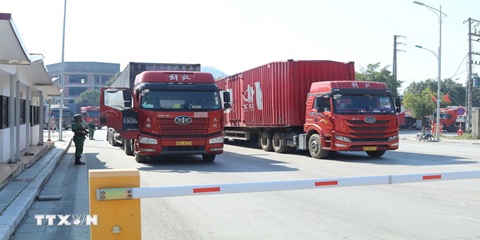
VIETNAM, CHINA TO PILOT TWO-WAY CARGO TRANSPORT AT LANG SON BORDER
Vietnam and China will launch a one-year pilot program on December 10 to allow two-way cargo transport through the Huu Nghi–Youyi Guan international border gates in Lang Son Province, reported the Vietnam News Agency. The Dong Dang-Lang Son Economic Zone Management Board said the trial aims to reduce transport costs and improve customs clearance capacity.
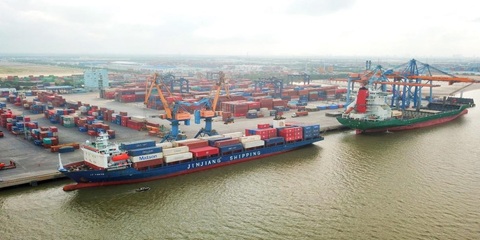
VIETNAM’S IMPORT-EXPORT VALUE NEARS US$840 BILLION IN JAN-NOV
The total value of Vietnam’s imports and exports was nearly US$840 billion between January and November this year, the highest level ever recorded, according to the National Statistics Office. In its latest report on the country’s socio-economic performance, the National Statistics Office highlighted a series of positive economic indicators, with trade emerging as one of the strongest drivers of growth.

OVER 19 MILLION INTERNATIONAL VISITORS COME TO VIETNAM IN JAN-NOV
Vietnam received more than 19.1 million international visitors in the first 11 months of 2025, a 20.9% increase year-on-year and the highest level ever recorded, according to the National Statistics Office. The figure surpasses the full-year record of 18 million arrivals set in 2019, before the Covid-19 pandemic. Nearly two million foreign visitors arrived in November alone, up 14.2% from October and 15.6% from the same period last year.
